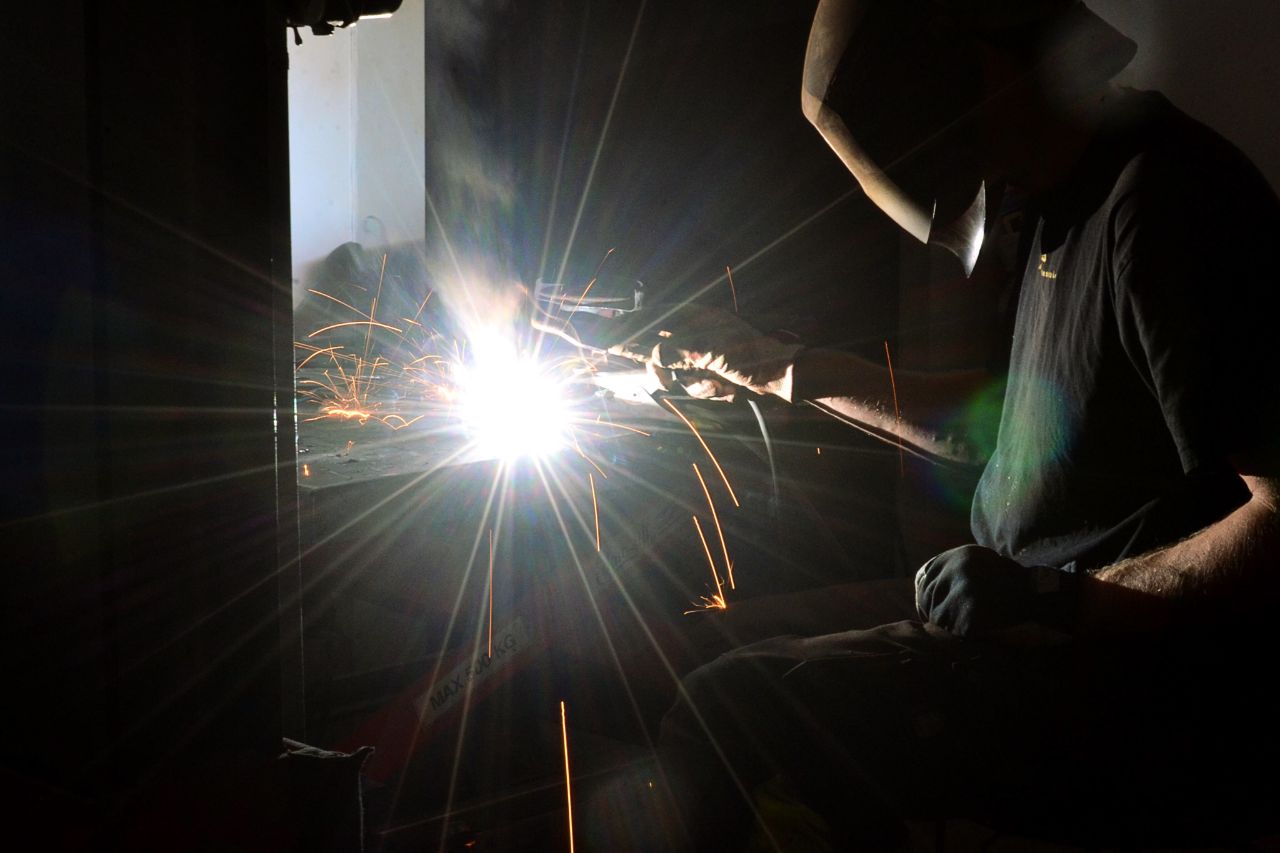
A welder is constantly exposed to hazards in their work environment. During the welding process, powerful electric circuits are produced, constant noise and fumes are emitted, and small particles of metal fly everywhere. Without enough training and proper PPE, this could lead to injuries, health problems, and hospitalization. If you’re interested in some welding safety tips, keep on reading!
Not just anyone can perform welding. Due to the complex tools and hazards involved, it requires knowledge, training, and practice. Using the wrong material, tool, or technique can lead to equipment damage and injury. Compared to that, successful welders know all the precautions they should take before, during, and after welding. Other than training, welders should also take time to read up on the manufacturer’s guidelines on how to use the equipment.
Here are some of the things that should be part of a welder’s training.
A worker in the welding area should also be trained in first aid so that injuries can be treated while waiting for medical assistance. This can help prevent minor wounds from worsening. Make sure to always have a well-stocked first aid kit and a fire blanket.

The first step to creating a safer workplace is to address the risks. This way, welders can take safety precautions to protect themselves and others.
Welding equipment emits tremendous amounts of heat and produces molten metal. This means that welders can easily burn if their skin is exposed. Welders should avoid rolling up their sleeves and pants during work to prevent accidental contact with heated objects. Work should be done away from flammable materials to prevent fire.
The tools used in welding produce live electrical circuits, which could be a cause of electrocution. Never work in damp conditions or while wearing wet clothing. An insulating mat must be used if working on metal floors and other conductive material.
Direct eye contact with the light produced during welding can cause a condition called arc-eye. It’s also known as welder’s flash and happens due to contact with ultraviolet radiation. Because of this, it’s important to wear the right eye protection before welding.
Here are some of the arc-eye symptoms you should look out for:
Just like any other job where the risk of injury is high, a welder also needs to dress properly. This way, they can minimize their exposure to hazards such as live electric circuits, equipment noise, UV light, and heated workpieces. Here is a list of PPE a welder needs:
Welders are at risk of catching fire during work. Contact with heat-producing tools can also lead to severe burns very quickly. Choose fire-resistant clothing that can cover your skin. Tightly woven and heavy-weight wool or cotton can protect the wearer from radiation and sparks.
To protect the eyes and face from sparks, light, and flying particles during welding, a welding helmet should be worn. These are typically fitted with a filter to protect the eyes from the light produced during welding. Under the helmet, it’s also recommended to wear safety glasses with side protection.
Welding equipment produces noise that can potentially damage the hearing. The particles from the workpiece can also easily penetrate the ears if left unprotected. Some examples include earmuffs or silicone earplugs.
Welders deal with direct heat during work. This means that not just any safety gloves will do. Look for heat-resistant leather gloves that can also protect against abrasion, tearing, and perforation such as Delta Plus CA615. It can resist flammability, convective heat, and small projections of molten metal.
During the welding process, a welder can get exposed to invisible fumes that can cause pneumonia, occupational asthma, and throat irritation. Respirators with the right filter for the contaminants must be worn to prevent these.
Foot Protection
In the welding site, there are heavy objects that could accidentally fall and break the toes. Molten metal can also accidentally come in contact with the feet and cause severe burns. Safety shoes with impact resistance and toe caps should be worn during work.
A welder is exposed to different types of hazards during work. Without proper training and PPE, they could suffer from burns, eye injuries, electrocution, and more. Follow these welding safety tips to reduce the risks present in your workplace.
If you’re interested in purchasing personal protective equipment for welding, you can send us a message here at Dels Apparel!